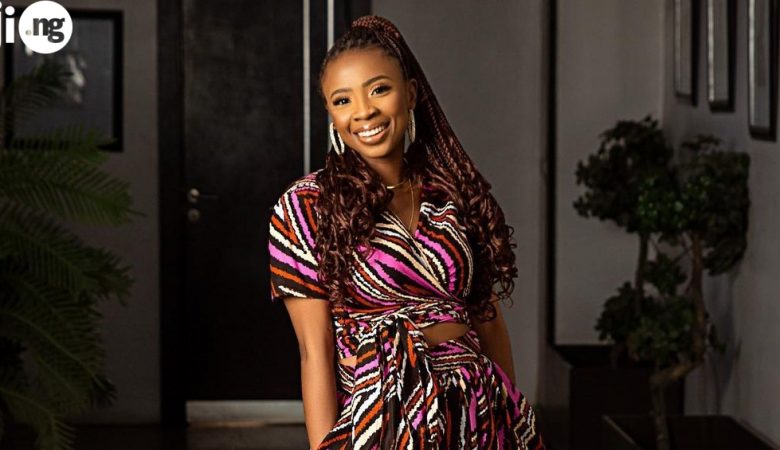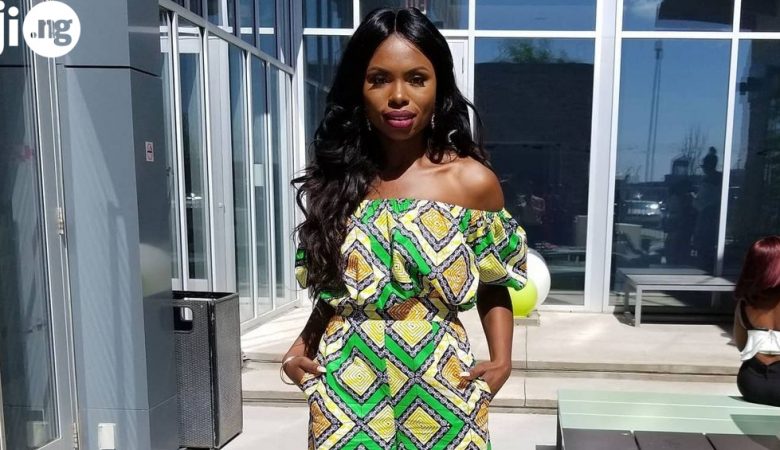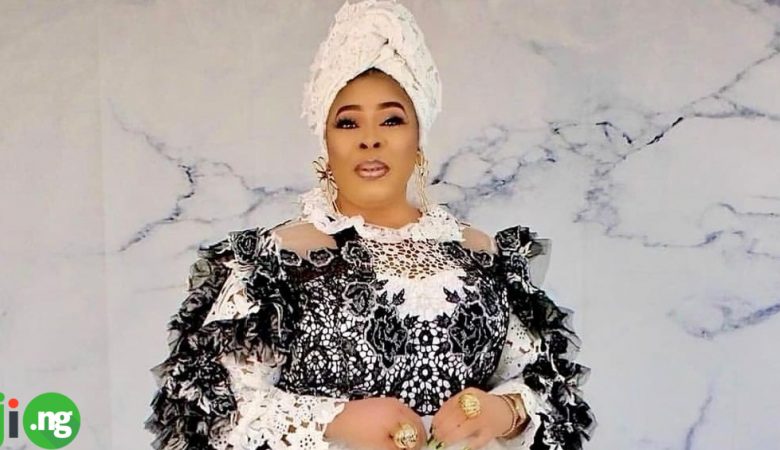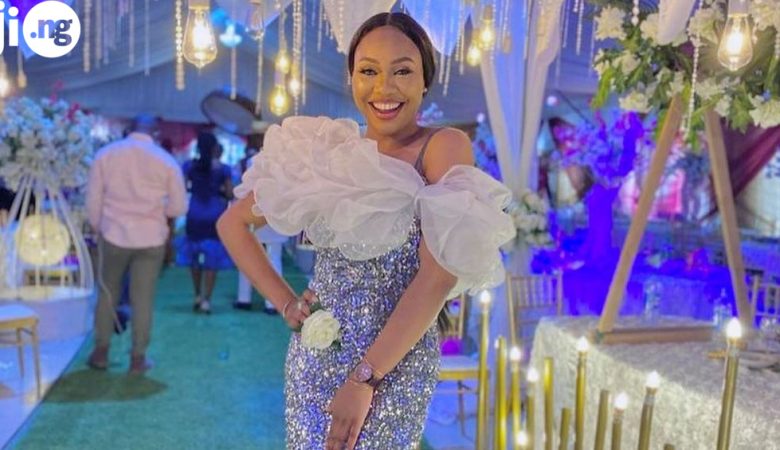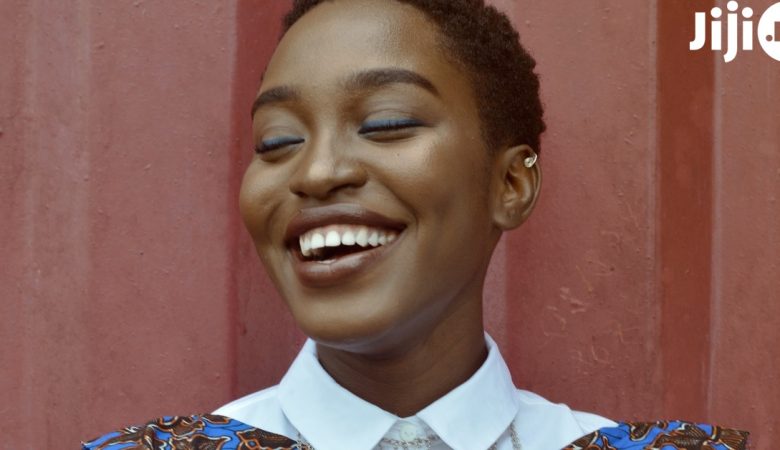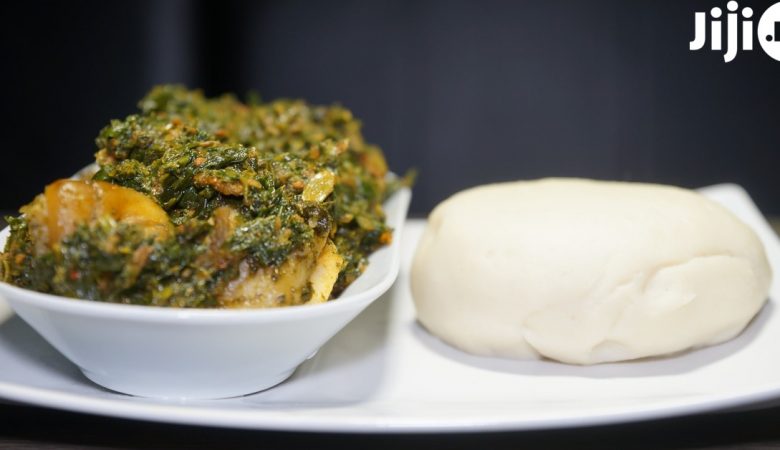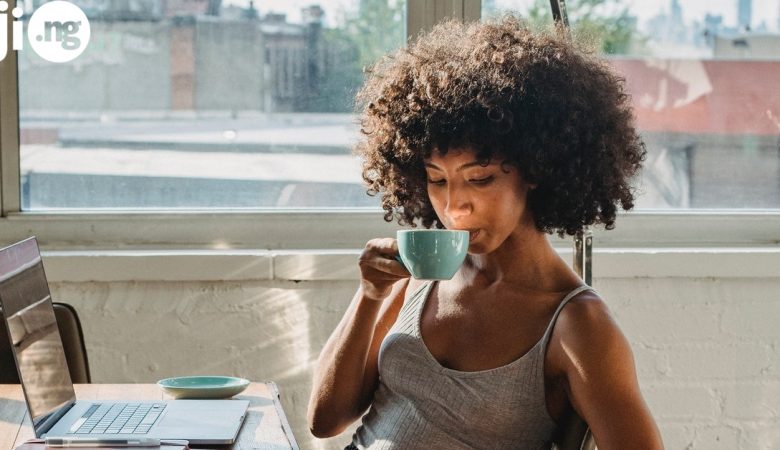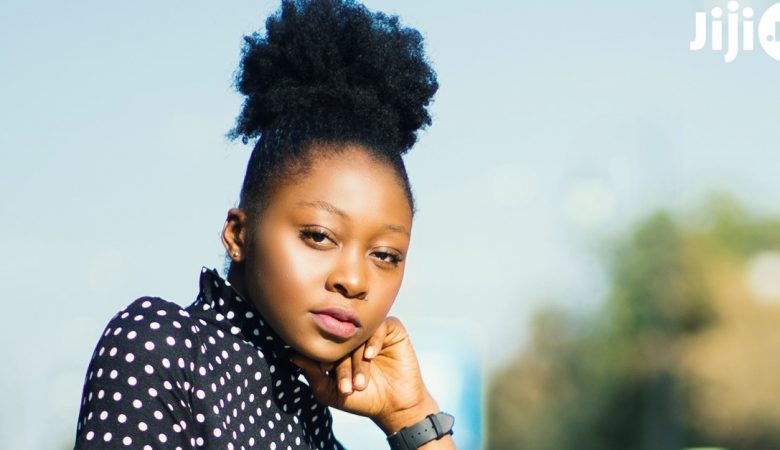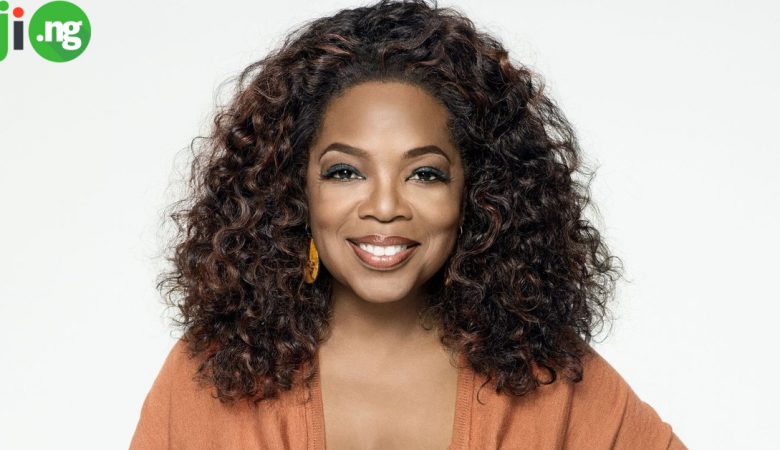At the end of the XIX century, native Yoruba lands were divided between Great Britain, France, and Germany. Colonists brought both positive and negative changes, which altered existing traditions and started shaping Nigeria, Ghana, Benin, and other countries into what they have become.
A lot of things changed, but mode of dressing in Yoruba land has a powerful influence on the way people dress up nowadays. Yoruba traditional attire is the central element of every wedding and big religious holiday. Element of Yoruba dressing style are found in collections by world famous designers.
The interest to Yoruba native attire in Nigeria started growing with Cultural Nationalism. But what’s so special in Yoruba native wears that makes it a source of inspiration for locals and complete strangers from overseas? Let’s take a look at the short Yoruba attire overview and try to figure out.
Basic materials
The first thing that makes Yoruba dressing unique is the cloth used for its production. This material comes from processed cotton made by traditional weavers. It was believed that a particular kind of cloth reflects social status of a person wearing it.
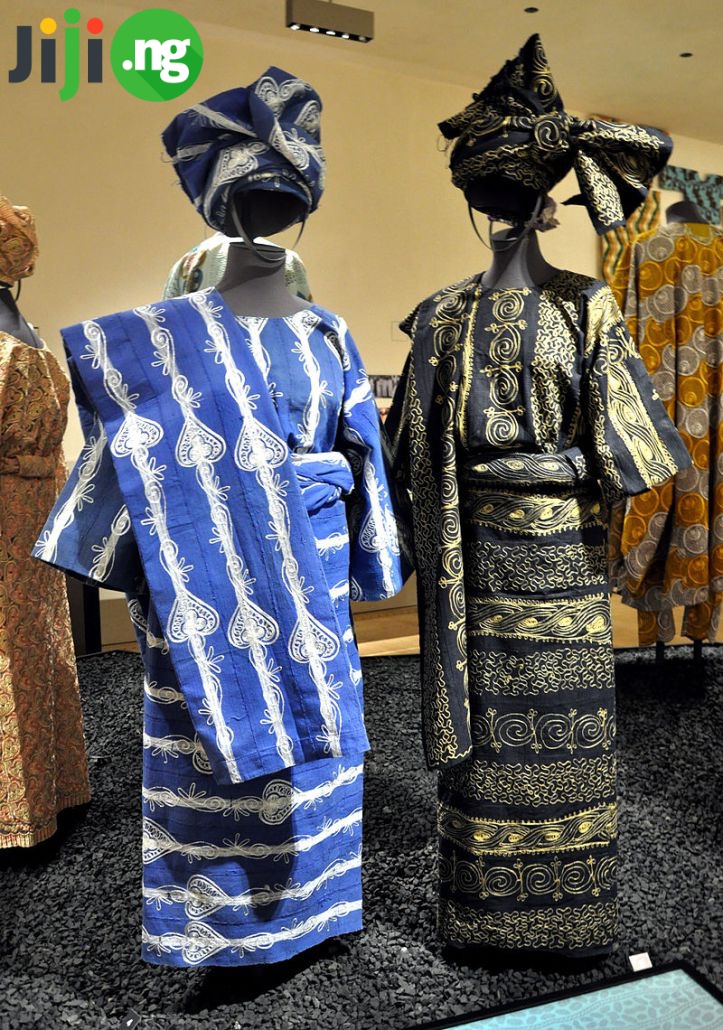
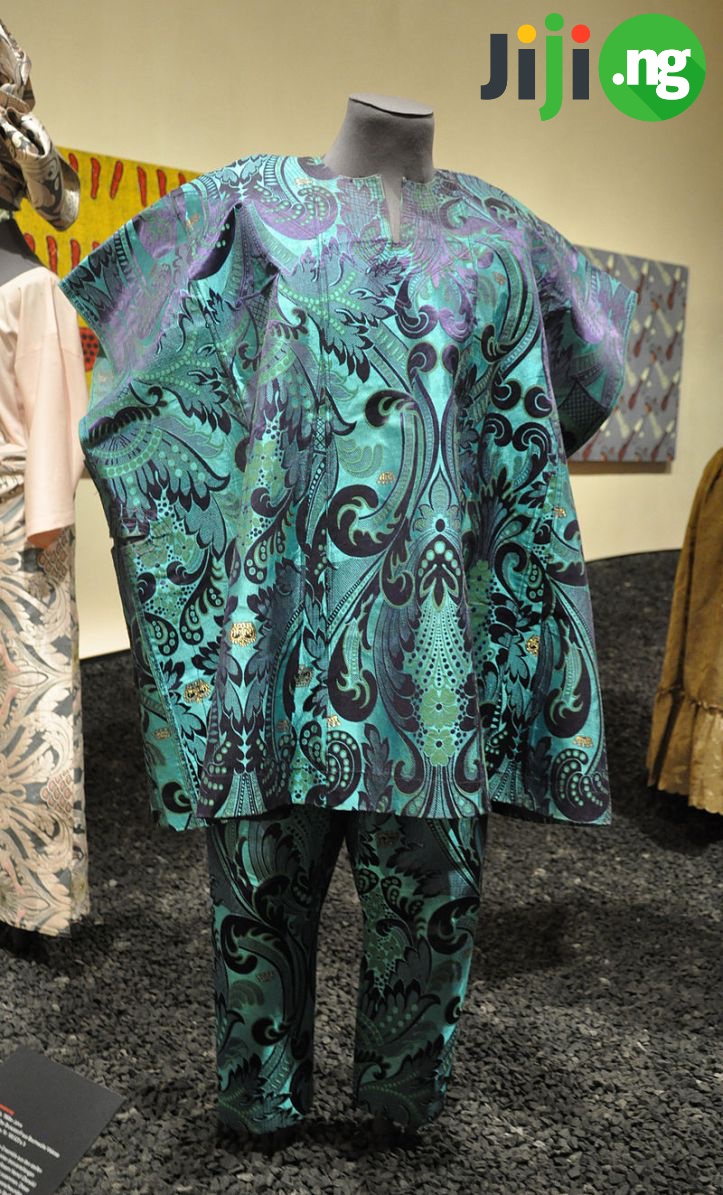
There is a wide range of materials used for designing of Yoruba cultural dressing. The most common are:
- Aso-Oke – hand loomed, comes in huge variety of colors and sewn styles.
- Alaari – Aso-Oke of rich red color.
- Sanyan – brown / light brown Aso-Oke.
- Etu – dark blue Aso-Oke.
- Ofi – white sewn cloth, often used as cover.
- Aran – velvet sewn cloth, traditionally worn by rich people.
- Adire – cloth of indigo color, comes in various colors and patterns.
Gender peculiarities
Clothing in Yoruba culture is gender sensitive: males and females wear different designs. Traditional attire for men is four-piece outfit, which consists of Sokoto (loosely fitted pants), Buba (top), Agbada (wide-sleeved robe), and Fila (hat). Yoruba female attire features three pieces: Buba (top), Iro (wrapper), and Gele (headwear).
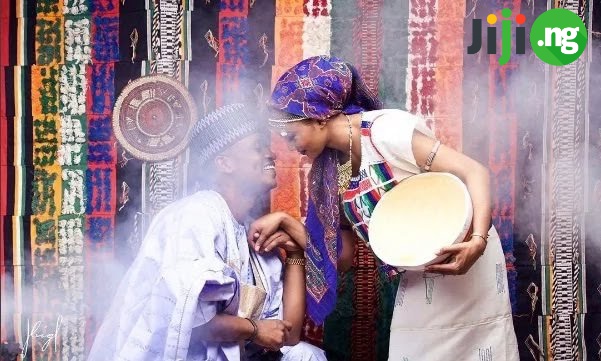
These are the basic elements of Yoruba native style that can come in different variations. Trousers, skirts, and tops can differ, while headwear is the obligatory element. An outfit will be incomplete without accessories – laces, bracelets, beads, Babalawos (artistically re-designed animal tail), etc.
Wedding attire
Traditional wedding ceremony is an occasion to demonstrate the best outfits. There is hardly a feast brighter than Yoruba wedding. It is a real explosion of colors. Unlike European white gown, Yoruba prefer orange, purple, blue, and green outfits.
Even if a couple chooses white attire, large necklaces and waist beads guarantee it will never look plain or boring. Modern brides choose a gown or matching skirt and tank top, blouse and wrappers. Groom’s outfit is richly embroidered senator wear made of jacquard or silk.
The couple is free to improvise and design a wedding outfit, which will completely reflect their personalities and unique style. The majority take Yoruba fashion style for the basic element and refreshes it with modern elements.

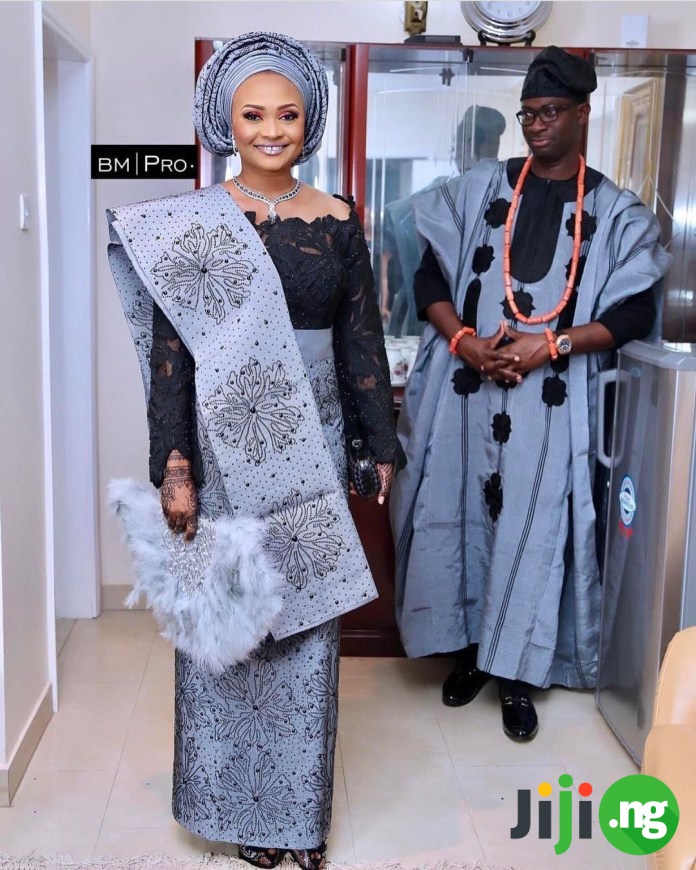
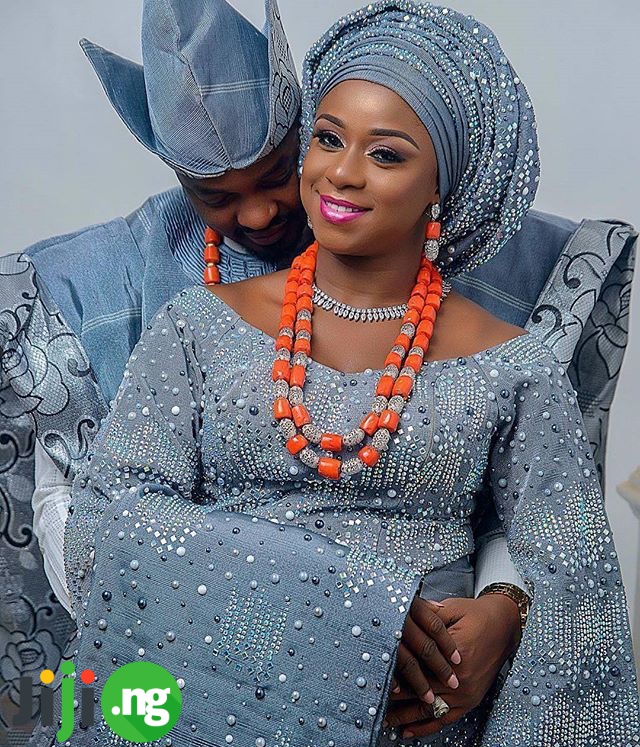
Fashion trends: males
Senator clothes ain’t going anywhere. Latest Yoruba native style goes even further: this year, you’ll see more stylish men in Dashiki. The outfit worn all over the world originates from Yoruba native attire. It is worn with trousers and hat and symbolizes being “proudly black.”

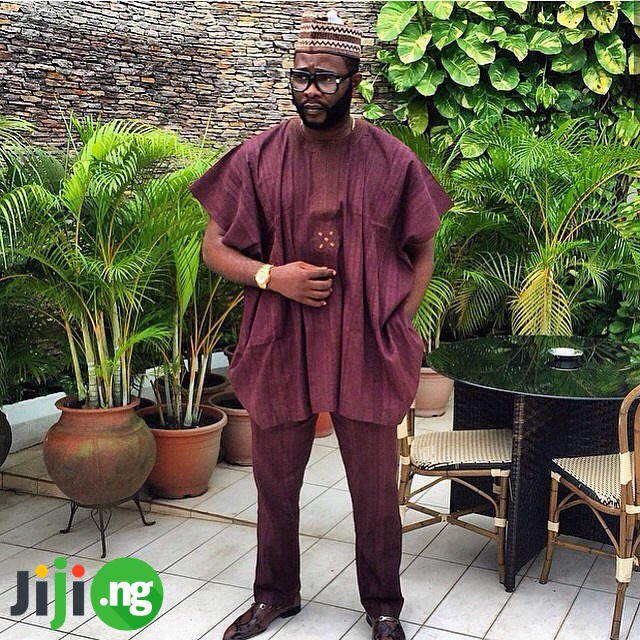
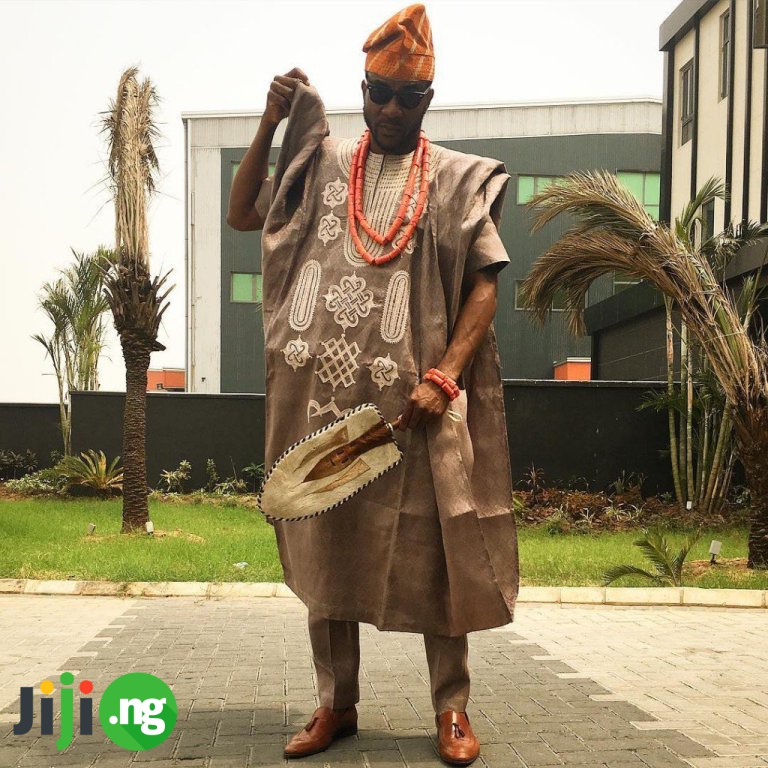
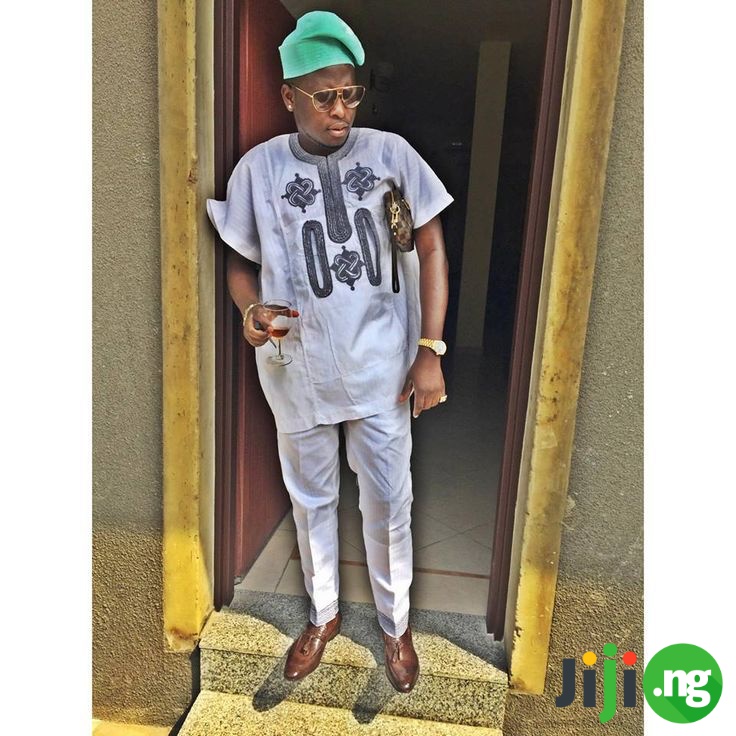

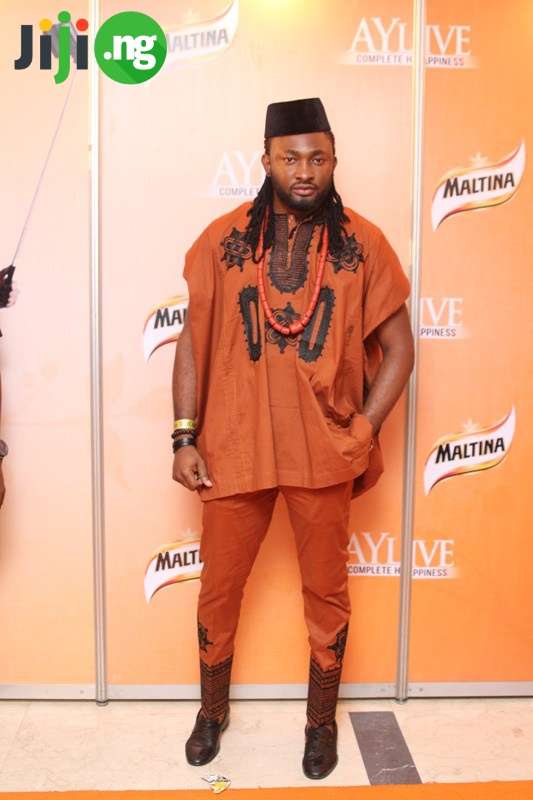
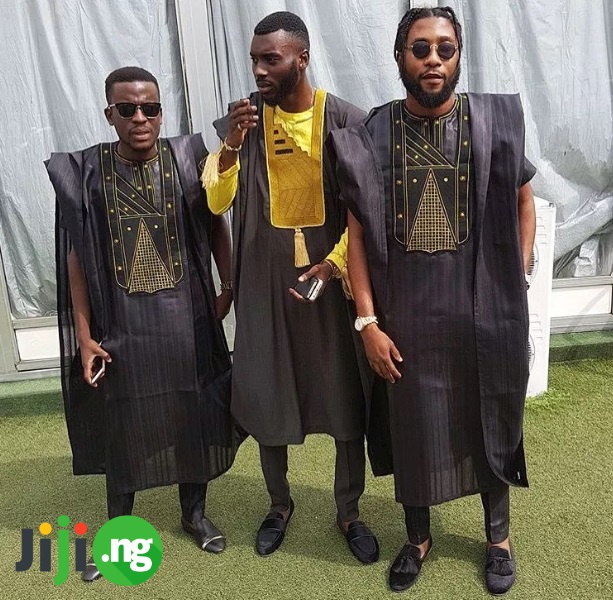
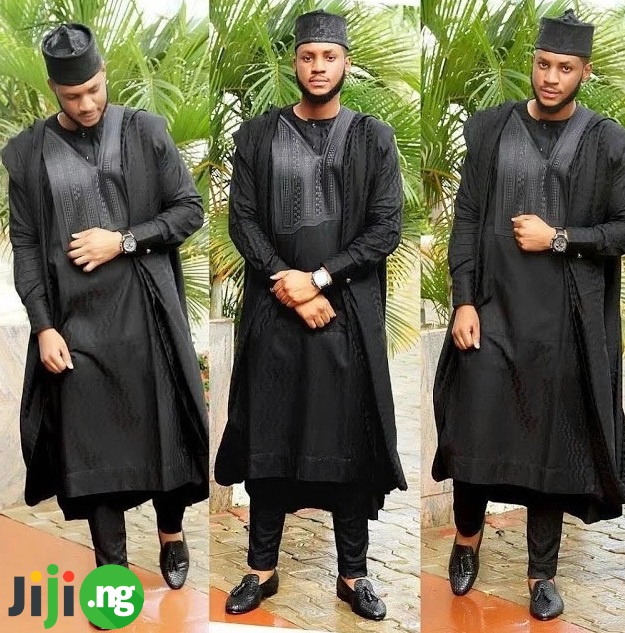
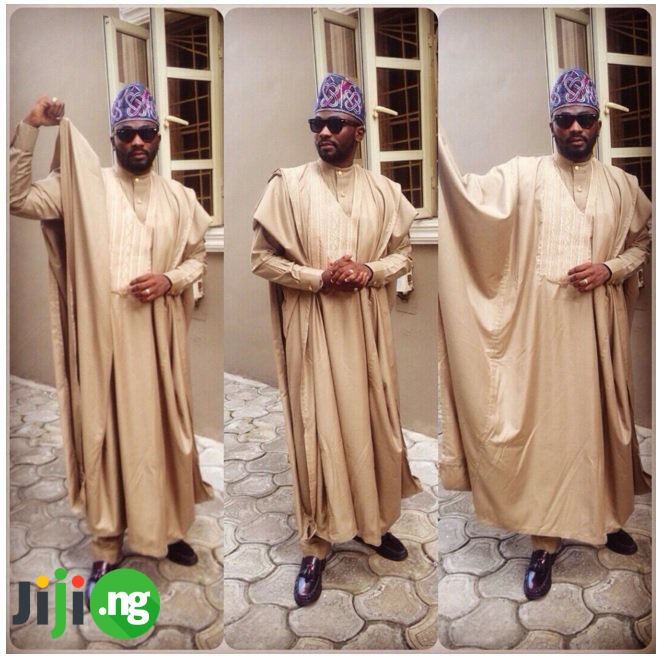
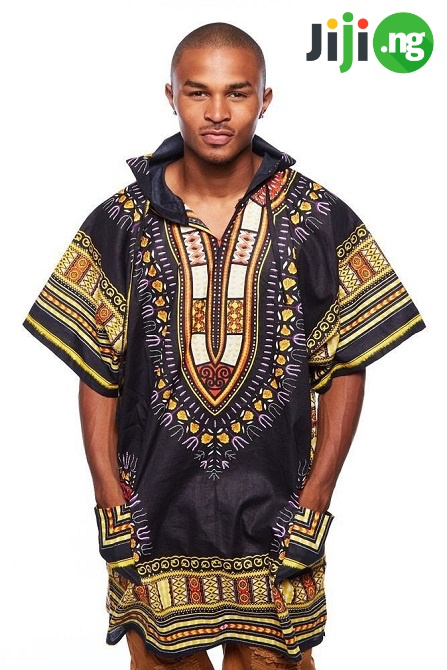
Fashion trends: females
Whether you put on Yoruba native dress or Ankara with native patterns, it will be a good idea. Modern Yoruba attire comes in upgraded version: skirt and blouse instead of Iro and Buba. Bright color palette is what doesn’t change.
Lace styles are classic and remain trendy this season, too. Besides, off-shoulder dresses and corsets have become extremely popular. The accent falls on dress design, not pattern or fabric. If you hesitate what to choose, try to experiment with geometric layouts.
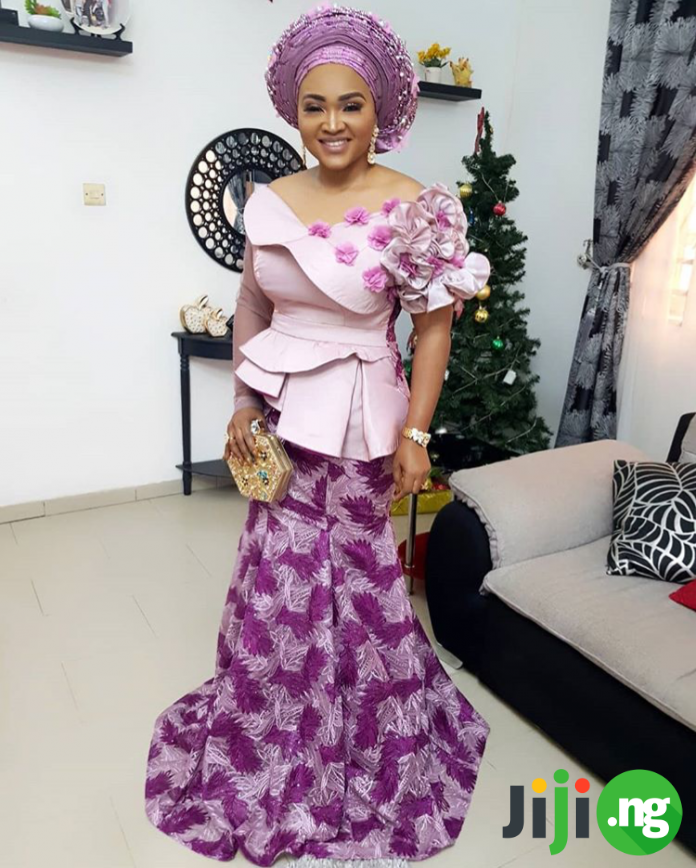
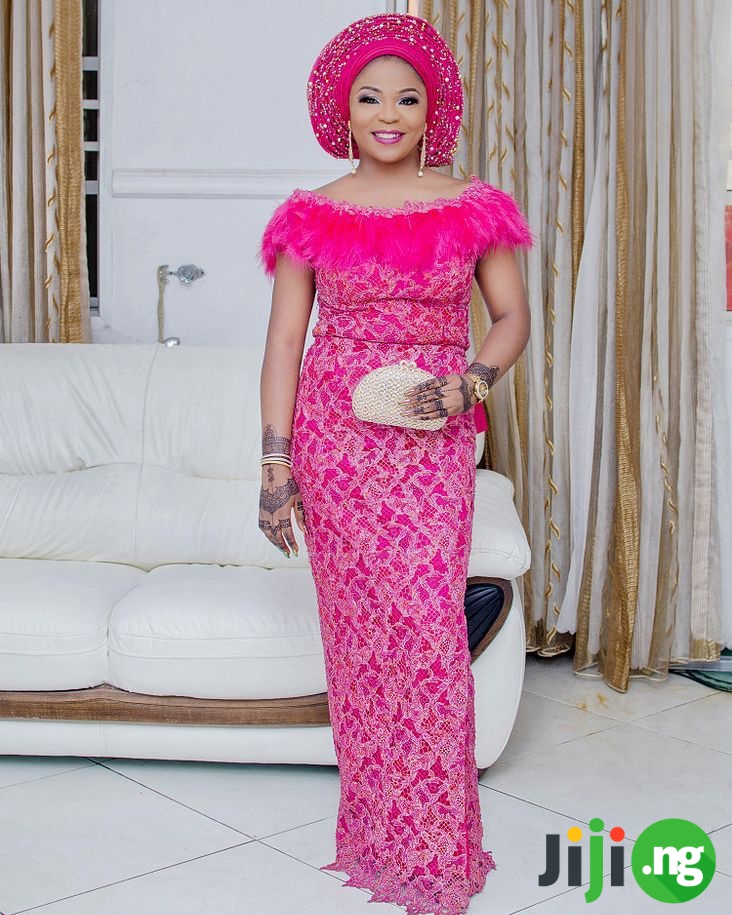
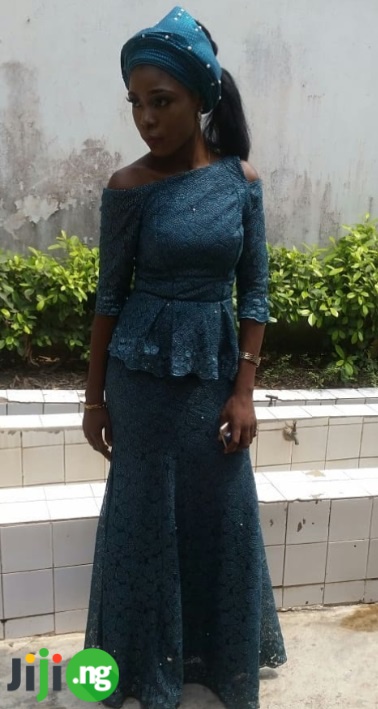
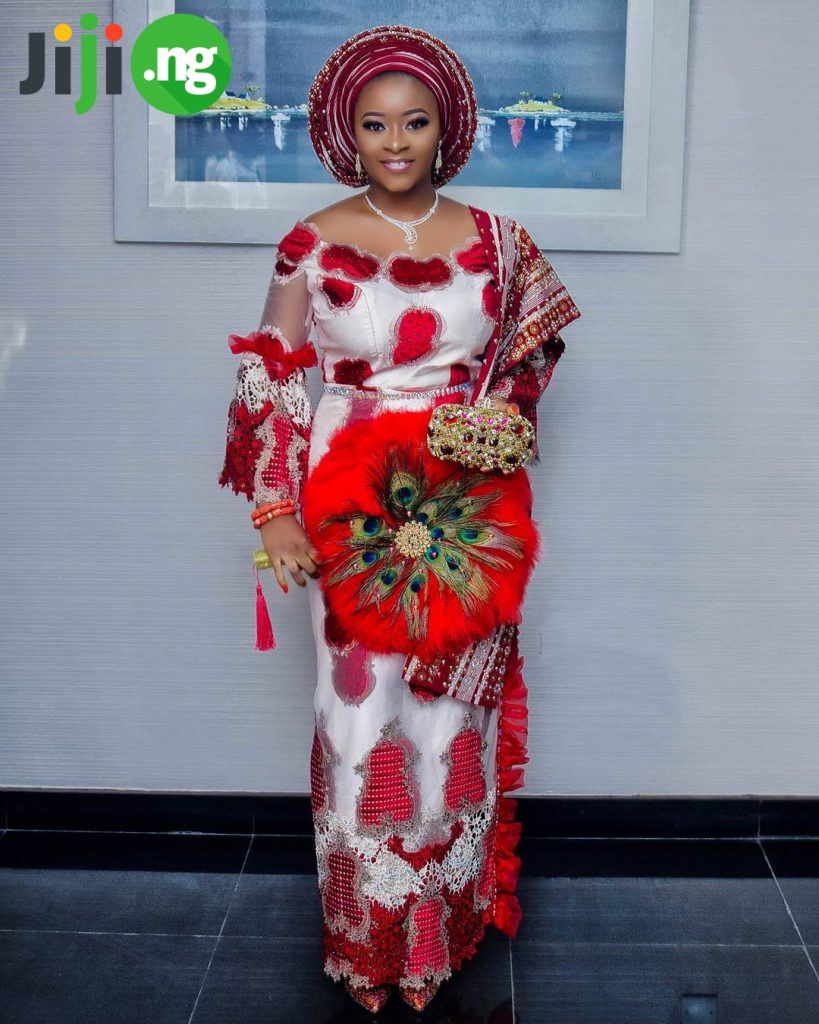
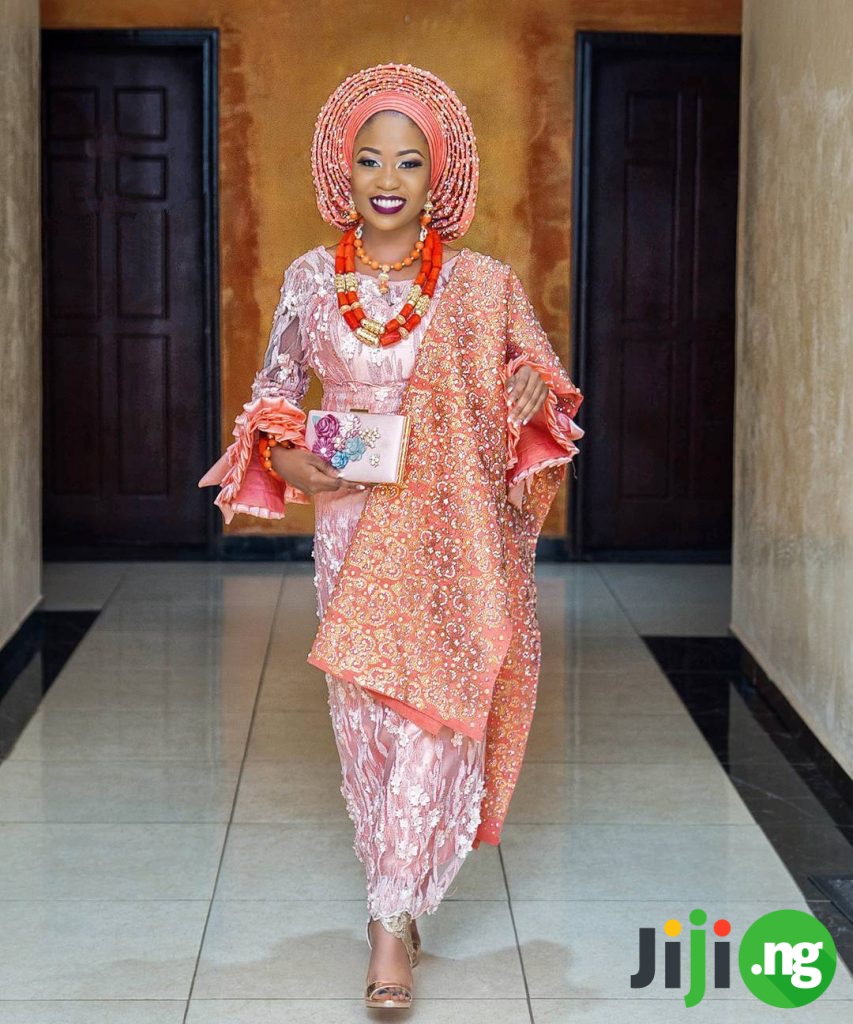
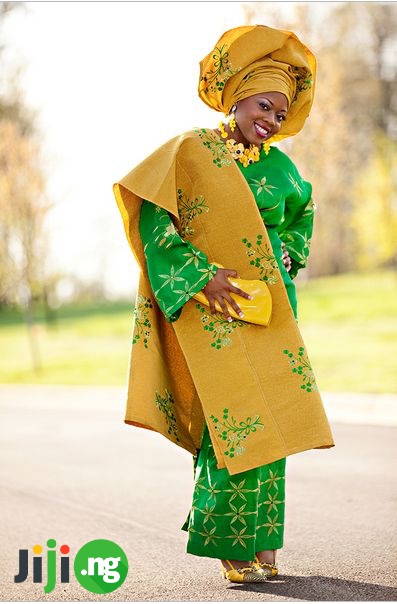
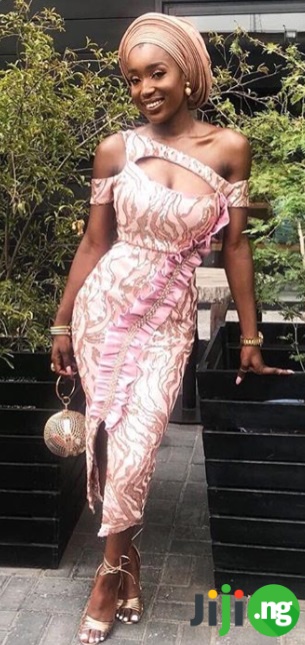
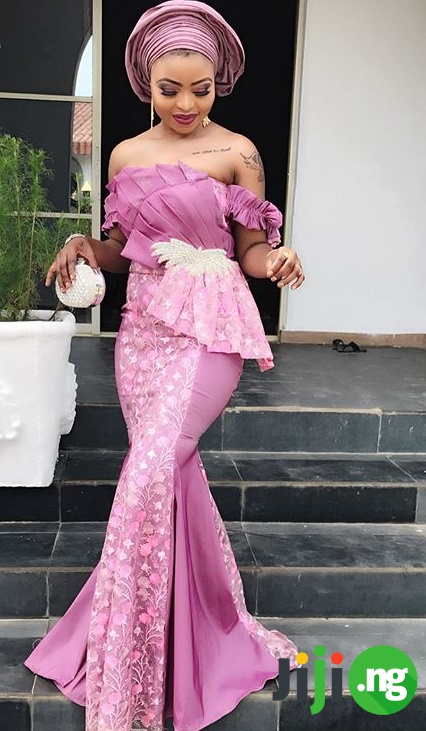

Color palette
There is no need to remind about native Yoruba color palette. The brightest it is, the better it is. Nevertheless, you can go with all-white or all-black this season. Feel free to experiment with contrasting colors. For instance, bright top does look well with calm bottom and vice versa.
Yoruba styles: the bottomline
Yoruba native attire is the connection to tradition and heritage. Somehow it managed to overgrow the local character and become the global trend. The best feature of Yoruba attire is that it fits for every occasion and looks good on everyone.
Yoruba outfits are the inspiration for world famous designer, and not only of African origin. The reason is obvious: they are colorful and dynamic, provide a lot of room for self-expression and manifesting personal originality. Yoruba styles look perfect in classic representation and modern interpretations.

